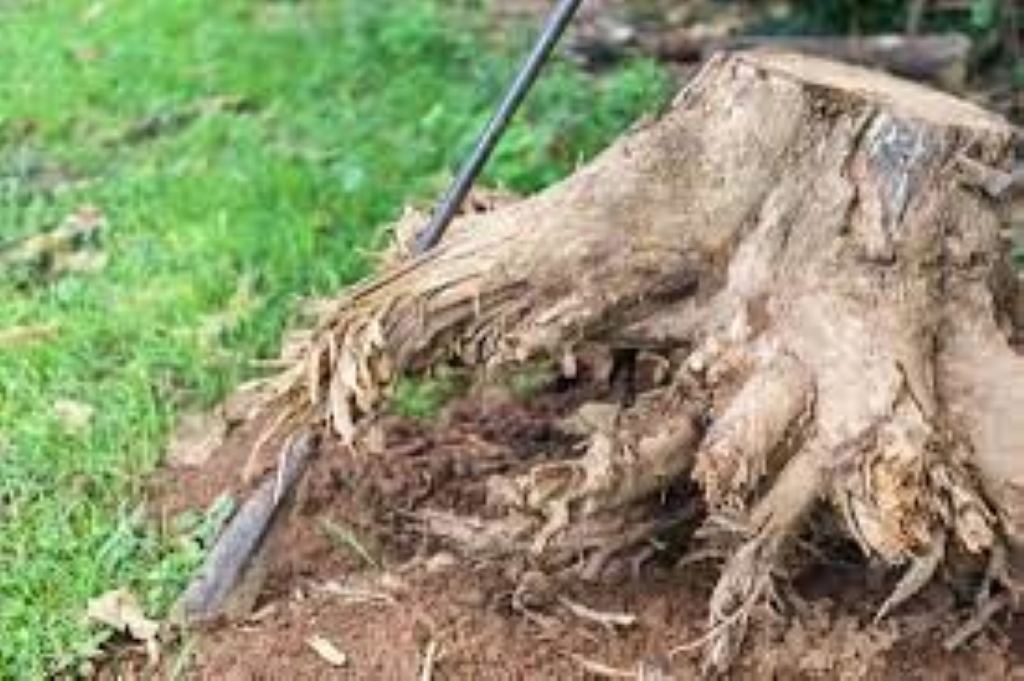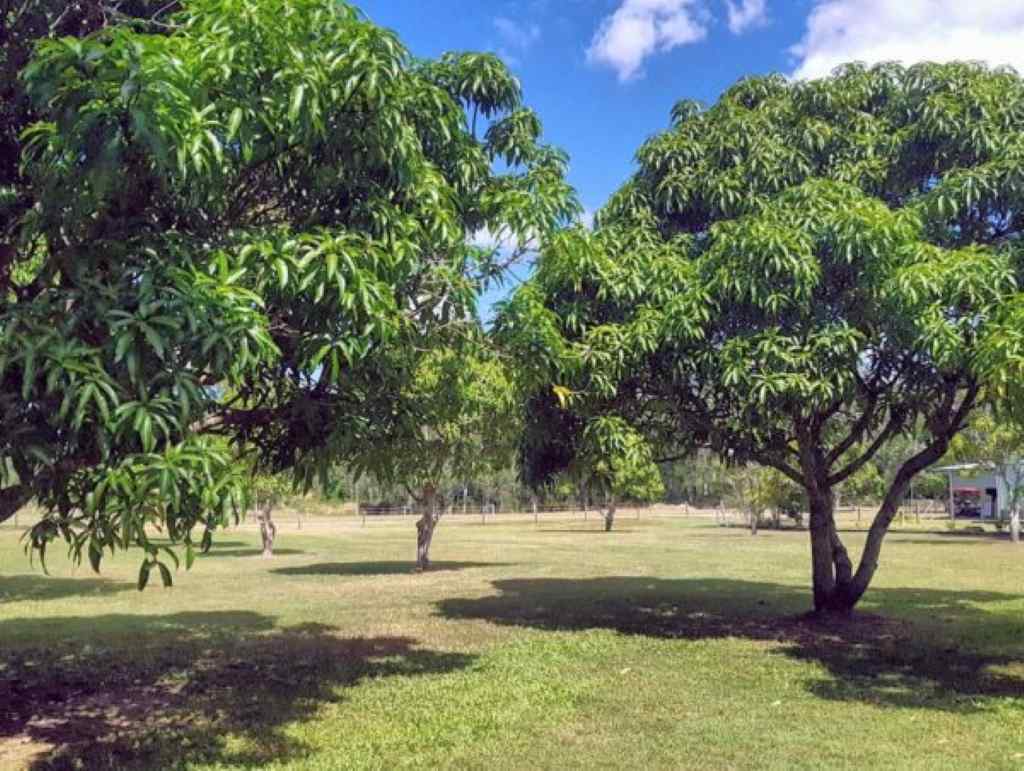Oak Bracket Fungus
Oak bracket fungus, known as the Silent Sculptor of Nature You may want to go for a stroll in that gorgeous old oak forest over there. You continue walking and you come across a peculiar sight on the bark of a large oak tree: a series of magnificent dark brown brackets that seem to be growing out of the tree. You have just made the fascinating discovery of a natural creature known as the oak bracket fungus.
In this article, we will delve into the world of oak bracket fungus, discussing its biology, ecological significance, cultural linkages, and potential benefits. By the time you reach the end of this journey, you will have gained a deeper appreciation for this wonderful creature and an awareness of its position within the complex web of life.
A Brief Presentation of the Oak Bracket Fungus
The oak bracket fungus, which may also be referred to by its scientific name, Fomes fomentarius, is a kind of polypore mushroom that grows on the stems of oak trees. Fungi of the family Polyporaceae may be identified by their woody fruiting bodies, which are rigid and shaped like shelves or brackets. The diameter of one of these brackets may vary anywhere from a few inches to about a foot in length.
The characteristics of oak bracket fungus are as follows:
- Oak bracket fungus brackets have a rough and woodsy texture, and their hue may range from almost black to a very dark brown. They often exhibit a one-of-a-kind zonate pattern on the uppermost surface.
- Spores are produced for reproduction via the microscopic pores that are found on the underside of the brackets. When these brackets have reached their full maturity, the spores will be released into the air, and they will travel to other locations carrying the genetic material of the fungus with them.
- Although the oak bracket fungus is most often seen growing on oak trees, it is possible to discover it growing on other hardwoods as well, such as beech and chestnut.
The Unnamed Sculptor Working Within the Oak
This is not your typical mushroom; instead, it’s an oak bracket fungus. As opposed to being a fleeting presence in the forest for a short period of time, this animal is patient and matures at a glacial pace. It may live for decades. This incredible fungus performs a task that is mostly unseen but very important in the habitats in which it resides.
One of the most notable qualities of oak bracket fungus is its ability to kill the trees it colonized by eating their heartwood. This is one of its most distinctive traits. Although this process of deterioration could seem to be destructive, it is, in fact, an important part of the natural cycle. When the tree eventually dies, the fungus contributes to the decomposition of the tree by breaking down the heartwood. The process of decomposition is essential for the recycling of nutrients back into the soil of the forest, which is necessary for the survival of future generations of plants.
An Interesting Mutually Beneficial Partnership
Oak bracket fungus is not a solitary creator but rather a team player in the grand scheme of things that are taking place. It often forms mutually beneficial relationships with insects like beetles, which serve as intermediaries in the process of spore dispersal. These insects are drawn to the fungus because of its allure, and as a result, they unknowingly collect its spores. When they go on to other trees, they unwittingly spread the fungus to new hosts, which is caused by their movement.
This incredible team effort highlights the interconnectedness of the many forms of life found in the forest. The spread of the oak bracket fungus is dependent on these insects, and the fungus provides a source of nutrition for the insects.
Importance in terms of culture of Oak Bracket Fungus
The ecological and cultural significance of the oak bracket fungus extends back millennia. Both of these aspects are important to the fungus. This fungus has served as a valuable resource for a wide range of uses, both modern and traditional, in a number of different civilizations.
A kind of mold that may start fires
The oak bracket fungus may be used to ignite fires, and this is one of its most well-known applications. Because of the fibrous and robust structure of the brackets, they are perfect for igniting flames with friction. In point of fact, a mummy dating back to 3300 BCE and known as Tzi the Iceman was discovered to have oak bracket fungus in his possession, most likely for the reason stated above.
Intentions Relating to Medicine
The medicinal properties of oak bracket fungus have been used at various points in time throughout history. In certain forms of traditional herbal medicine, extracts from the fungus are used as a method of treatment for a wide range of illnesses. Recent research has shown that these fungi contain bioactive compounds that have the potential to be used in medicine.
Expressions of originality and creative ability
Additionally, the oak bracket fungus has been employed in the past as a canvas for creative expression. The robust brackets have been transformed into decorative sculptures by artists and crafters who have etched intricate designs onto the surface of the brackets. The versatility of this amazing fungus is shown here via the creation of these works of art.
Research from Today and Its Possible Advantages of Oak Bracket Fungus
In recent years, there has been an increase in the level of scientific interest in the oak bracket fungus, which has led to the discovery of various therapeutic compounds contained inside the fungus. Some of these substances have shown considerable promise for use in various technical and medicinal settings.
Capacity to Fight Free Radicals
The oak bracket fungus was found to contain antioxidants, which are molecules that have the ability to defend cells against the harm caused by free radicals. These antioxidants have the potential to be used in the production of dietary supplements and alternative treatments.
possessing both antibacterial and antifungal qualities
According to the findings of the study, the oak bracket fungus contains compounds that are antibacterial as well as antifungal. As a result of these characteristics, it has the potential to be used in the production of innovative antibiotics and antifungal drugs.
Support for the Immune System
It has been shown that the immune system may be strengthened by consuming certain compounds that are found in oak bracket fungus. This discovery may help pave the path for the development of treatments and drugs that strengthen the immune system.
Concerns Relating to Conservation
Oak bracket fungus is in danger of becoming extinct despite the remarkable powers it has. Alterations to the forest habitat, such as deforestation and climate change, have the potential to throw off the delicate balance that ensures the survival of these mushrooms.
For the oak bracket fungus and the many other species that are dependent on it, conservation efforts are very necessary to ensure their continued existence. Protecting oak trees and the ecosystems in which they live will allow us to ensure the survival of this elusive artist.
FAQS
In terms of its impact on the environment, how significant is the oak bracket fungus?
Oak bracket fungus is essential to the health of ecosystems because it speeds up the decomposition process of dead trees. It does this by degrading the heartwood of the trees that serve as its hosts, which in turn helps to recycle nutrients in the soil. It does this by forming symbiotic relationships with insects, further highlighting the importance of its ecological role.
When Oak bracket fungus has been used in a variety of ways throughout history and continues to be put to use now?
The oak bracket fungus has been used throughout human history for a variety of purposes, including as a means of starting fires, in traditional medicine, and even as a surface for artistic expression. Recent research has uncovered potentially useful bioactive compounds inside the fungus, which might have use in the realms of medicine, biotechnology, and other areas.
Is the oak bracket fungus a cause for worry from a conservation standpoint?
Oak bracket fungus conservation is a challenge, for sure, because of changes in forest ecosystems brought on by factors such as human-caused climate change and the clearance of forest land. It is essential to maintain oak trees and the ecosystems they support in order to ensure the continued existence of this unique critter.
The oak bracket fungus causes damage to trees, but can it also affect people?
It is true that oak bracket fungus may hasten the decay of tree heartwood, but this is a natural part of the decomposition process and it does not necessarily pose a threat. In spite of the fact that oak bracket fungus poses no threat to human health, it is essential to exercise caution when considering its possible uses in the medicinal or nutritional fields.
Conclusion
Because of its unique biology, significant cultural worth, and exciting possibilities in the modern world, the oak bracket fungus is a wondrous organism that compels us to pay attention to it and cherish it. As we study the more delicate aspects of the forest’s existence, we unearth a world of wonder and find connections between its many inhabitants. It is essential to keep in mind that even the seemingly insignificant, such as the oak bracket fungus, plays a crucial role in the intricate web of life in a world where quick technological breakthroughs often overshadow the delicate marvels of nature. This is especially true in a world where rapid technological advancements sometimes eclipse the delicate wonders of nature. The skill of nature’s unseen sculptors is shown by this obscure kind of fungus.





